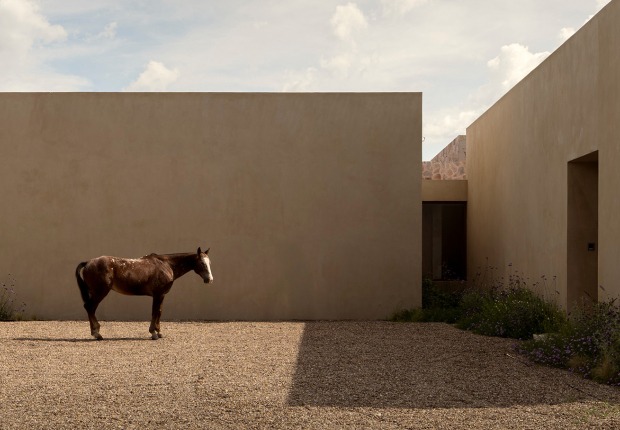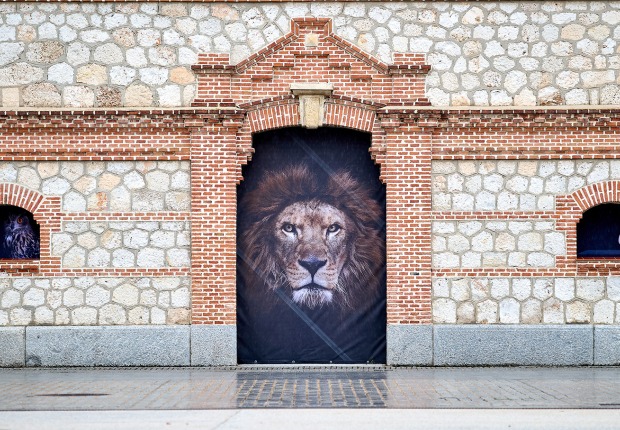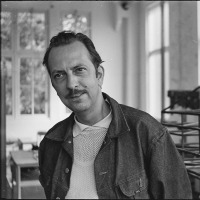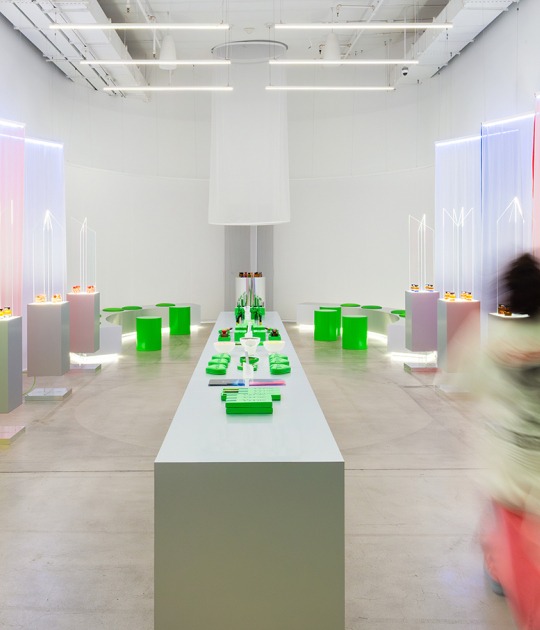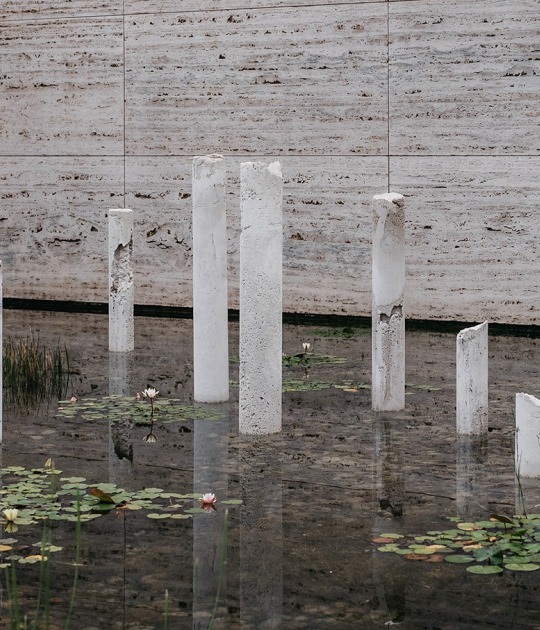One of the three interviews that Rem Koolhaas devoted to architecture during his journalist period, was to Constant. Bernard Tschumi also would reference him on numerous occasions, directly or indirectly, as with "The Street" in the second "The Manhattan Transcripts" and references to the film "The Naked City". Drift and détournement were his main instruments inherited from Surrealism, André Breton, or film.
The groups he belonged to before becoming one of the main characters of the Situationist International, his references, models, drawings and writings, will be the basis of this interesting exhibition that you can not miss. The MACBA spent more than a decade ago a major retrospective to the Situationist International, but in Madrid cultural references to his work were always missing, so this exhibition has a double significance: its content and its arrival to Madrid.
For almost twenty years, Constant (Constant Anton Nieuwenhuys, Amsterdam, 1920 – Utrecht, 2005) produced scale models, paintings, drawings and collages displaying his concept of a nomad city of the future – New Babylon – a complex and expansive labyrinth that transformed the whole world into one sole network. The earth would be collective property, work would be completely automated and run by robots and people would have the freedom to devote their time to creative play.
This exhibition will bring together about 150 works and abundant documentary material, the Reina Sofia Museum and the Gemeentemuseum Den Haag aim to bring a wide audience closer to Constant’s project, which has sparked the growing interest in recent years. The cornerstone of the show is New Babylon as a “work of art” inside the social context of its conception.That is the reason why the drawings, collages, scale models, paintings and engravings are complemented with some reconstructions, fragments of historical films and archival materials.
But the exhibition is not limited only to the period between 1956 and 1974, the years New Babylon is usually classified within; it also covers other stages, in order to show that the ideas expressed in this project were already present in the work of Constant, although they were formulated with less clarity, from a much earlier time and they did not disappear altogether after 1974.
Dates.- October 20th, 2015 - February 29th, 2016.
Location.- Reina Sofia Museum. Sabatini building, P1 Madrid. Spain.
Organization.- Museo Nacional Centro de Arte Reina Sofia and Gemeentemuseum Den Haag.
Curators.- Laura Stamps and Doede Hardeman
Coordination.- Belén Díaz de Rábago and Beatriz Jordana














